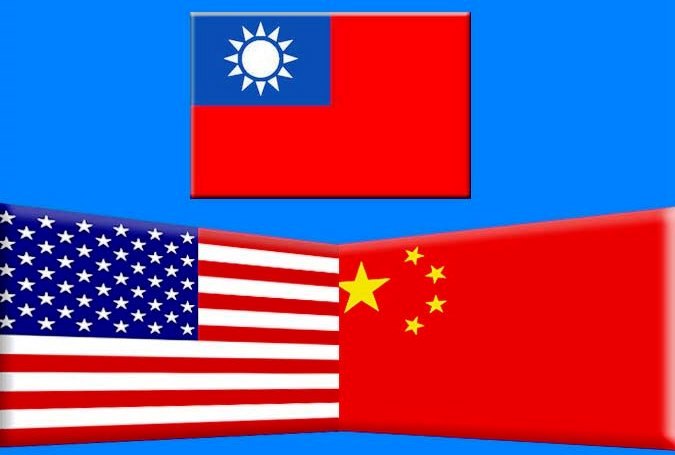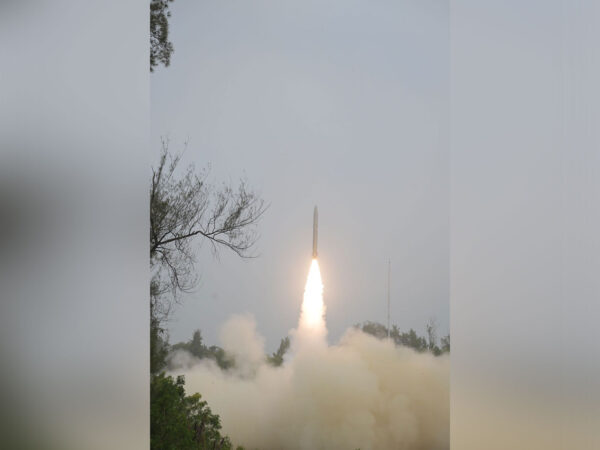
Semiconductors At The Heart Of US-China ‘War of Chips’
Amid the Russia-Ukraine war, the United States has placed its eyes firmly on the semiconductor powerhouse Taiwan which China threatens to seize by force.
Writing for the Times of Israel, Italian political advisor and geopolitical expert Sergio Restelli argued that one of the great battlefields of the Ukraine war and the growing closeness of China-Russia friendship has been the high-tech space that China and Taiwan control.
“At the G20 head of states summit in Rome in October 2021, leaders discussed supply chain resilience. Alarm bells have rung in all global democratic capitals, but especially Washington DC, New Delhi and Paris, about a tomorrow where most modern economic and industrial growth may be hostage to China’s dominance in the semiconductor industry,” said Restelli.
According to him, Israel here sees itself transformed into a key political player where its technological prowess, makes it a leader of the free world. “Intel’s purchase of Israeli Tower Semi-conducter for USD 5.4 billion, is one key example of the Israeli semiconductor industry coming of age.”
The Italian expert highlighted how 2 per cent of the world’s leading-edge semiconductors, circuits just 10 nanometers in size or smaller, are produced in Taiwan. He said the only reason TSMC remains below the radar is that it serves as a foundry focused on the manufacture of silicon wafers.
“It specialises in supplying companies that outsource their production, so-called fab-less semiconductor companies: TSMC chips are built into consumer branded products like an Nvidia graphics processor or a Qualcomm logic chip in a smartphone,” the geopolitical expert explained.
Only last month, US technology firm Nvidia said that the Biden administration has imposed restrictions on the sale of a number of high-tech computer chips to Russia and China as they can be used for military purposes.
“On August 26, 2022, the U.S . government, or USG, informed NVIDIA Corporation, or the Company, that the USG has imposed a new license requirement, effective immediately, for any future export to China (including Hong Kong) and Russia of the Company’s A100 and forthcoming H100 integrated circuits,” the company said in a statement that was published by the US Securities and Exchange Commission.
The company said the license is required to export and support technologies, thereby eliminating the risk that these technologies could be used for military purposes.
US President Joe Biden signed an executive order to implement the USD 280 billion CHIPS and Science Act of 2022. This includes more than USD 52 billion in subsidies for US semiconductor manufacturers in an effort to counter China’s growing technological clout.
In a column for Sydney Morning Herald, Stephen Bartholomeusz said the world’s largest maker of artificial intelligence chips has found itself in the front line of a fresh push by the US to frustrate China’s ambition of overtaking the US to become the world’s technology superpower.
Bartholomeusz said the US effort to slow the rate of China’s technological progress goes beyond the investment in domestic manufacturing and R&D and bans on exports by US manufacturers.
“The semiconductor industry is a complex global ecosystem. The US dominates design of advanced chips and the equipment that manufactures and the intellectual property that supports them but the manufacturing is dominated by Taiwan,” he added.
China has opposed the new US chip law that aims to support the local producers of semiconductors. Chinese Foreign Ministry spokesman Wang Wenbin had said that the new Chips and Science Act adopted by the US will disrupt global supply chains and hamper international trade.
“The United States stated that the act aims to increase the competitiveness of US technologies and the semiconductor production, however, this act provides huge subsidies to US enterprises producing chips and introduces a differentiated policy of industry support, some provisions of which, among other things,” said Wang at the briefing. (ANI)



